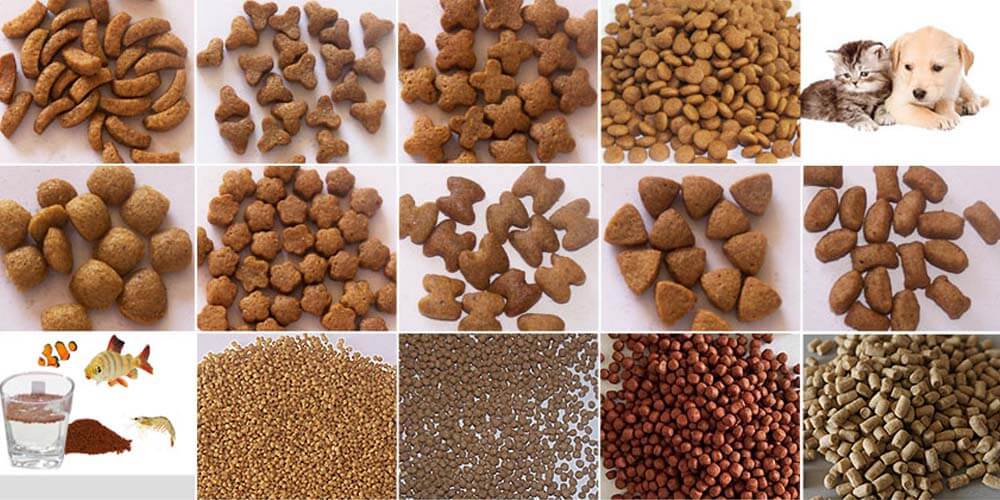How to use fish feed machinery to mix food for your own fish according to the size of your fish, how to calculate and what kind of ratio is relatively healthy and beneficial.
This is an all-important question that directly affects profits for any farmer. The goal of every farmer is to reduce feeding costs for his fish and increase profit margins. If fish are underfed, the growth rate is slowed down, and if overfed, it reduces profits since feed is the highest operating expense in any farming business. The factors that determine how much feed fish should be given are as follows:

1.Determine the size of the Fish.
This is the first step in determining how much feed your fish would consume. Every other factor is majorly dependent on the fish size. For example, a fish bigger in size eats larger-sized feed, with lower protein content, and at a lower frequency than smaller size fish.
The Size of the fish is gotten by taking a weighted sample.
2.Determine the right Feed Size.
Determining the right Feed Size is important as fish would find it hard to consume larger-sized pellets.

3.Calculating the correct Feed Ration.
The amount of feed your fish needs or Feed Rations and the size of feed pellets varies overtime throughout the gestation period of the fish and it should be adjusted as the fish grows. Smaller-sized fish have higher protein requirements, eat smaller-sized feeds, and have quicker growth rates, so their rations should be adjusted more frequently (preferably weekly) than the larger-sized fish which consume larger pellets and could be adjusted every 2 weeks.
In order to calculate the amount of feed needed for each pond, certain information highlighted below needs to be collected and input into the formula to get the desired result. The required information is as follows:
The number of fish in the pond;
The average weight of the fish (weight in a sample / no. of fish in the sample);
Feed Rate which is a percentage of its body weight (this data could be gotten from a feed chart of a feed production company or study materials)
Feed ration per pond= average fish size (weight) x feed rate (%) x total number of fish in the pond.
Eg. If an African catfish of 180 grams requires a ratio of 2.5% of its body weight, how much food should it be given per day?
Amount of feed to be fed per day = 180 grams x 2.5/100= 4.5 grams feed per fish per day.
If there are 1000 fish in the pond, then; = 4.5 g x 1000 fish = 4,500 g (4.5 kg) of feed should be weighed out for the day.
It is important to note that fish do not feed at the same intensity every day. The amount of food they take in each day depends on various factors like the water temperature and other stresses (high pH, ammonia, disease, etc.) that are available in the environment.

4.Feeding at the right time(s) each day (Feeding Frequency).
Feeding Frequency has a role to play in the utilization of the feeds by the fish. Feeding frequency is the number of times fish in a pond are fed daily. The frequency is important in order to reduce starvation and have a uniform growth rate. Smaller-sized fish should be fed more frequently as their stomach is too small to hold food they would require for the whole day, whilst fish from 400 g and above could be fed once a day.
For example, the 1,000 fish above requiring 4.5 kg daily ration should be fed twice daily. This means that the 4.5 kg of feed should be divided into 2.25 kg to be fed in the Morning and Evening.